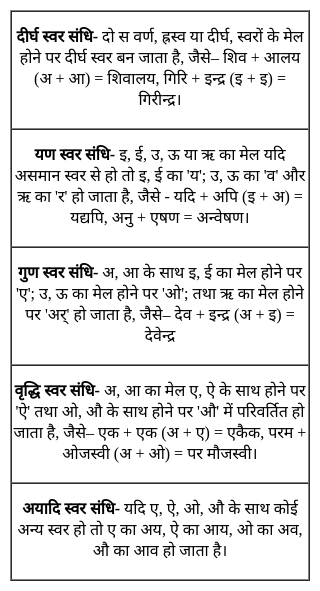EMRS PGT Physics Mock Test - 3 - EMRS MCQ
30 Questions MCQ Test - EMRS PGT Physics Mock Test - 3
The position of how many digits in the number 5934162 will remain unchanged after the digits are arranged in descending order within the number?
Which answer figure will complete the pattern in the question figure?
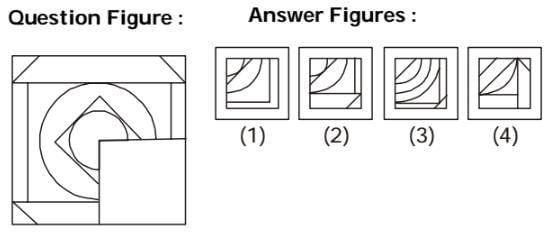

In the following question, assuming the given statements to be true, find which of the conclusion among given conclusions is/are definitely true and then give your answer accordingly.
Statement: P < Q < R < S = T
Conclusion:
I. Q < T
II. P > S
III. R = T
Ramu walks 15m towards the north then turns left and covers 20m then covers also 30m by turning south then again turns left and covers 15m. What is the total distance covered by him?
If a Paper (Transparent Sheet ) is folded in a manner and a design or pattern is drawn. When unfolded this paper appears as given below in the answer figure. Choose the correct answer figure given below.
A paper is folded as shown in the given figures and a cut is made. When opened how will it appear ? Choose from the given responses.
Question Figure

Answer Figure

In teaching-learning process, it is imperative that students ask questions in class. Why should a student be encouraged to ask questions in class?
In an experiment conducted on a hungry chimpanzee, some bananas were kept outside its cage, but beyond its reach. Some sticks were also kept in its cage. After several unsuccessful attempts to reach out to the bananas, the chimpanzee pondered over the problem. Then, he picked up a stick and pulled the bananas towards itself. In this case, learning took place by
The gravitational force between two objects each of mass m, separated by a distance r, is F. Gravitational force between two objects each of mass 2m separated by a distance 2r, will be
A body sliding on a smooth inclined plane requires 4 seconds to reach the bottom starting from rest at the top. How much time does it take to cover one-fourth distance starting from the rest at the top?
Rain falls at a speed of 50m/s and a child walks on a straight road from east to west at a speed of 100m/s. To find the direction in which the child should hold the umbrella use
Newton's law of gravitation is called universal law because:
A particle is projected at 60° to the horizontal with a kinetic energy K. The kinetic energy at the highest point is:
[AIEEE 2007]
The force required to take away a flat plate of radius 4 cm from the surface of water is (surface tension of water = 70 dyne/cm)
A radio can tune over the frequency range of a portion of MW broadcast band: (800 kHz to 1200 kHz). If its LC circuit has an effective inductance of 200 μH, what must be the range of its variable capacitor?
A plano-convex lens, when silvered on the plane side, behaves like a concave mirror of focal length 30 cm. When it is silvered on the convex side, it behaves like a concave mirror of focal length 10 cm. The refractive index of the material of the lens is
In order to increase the resistance of a given wire of uniform cross section to four times its value, a fraction of its length is stretched uniformly till the full length of the wire becomes times the original length what is the value of this fraction ?
The stopping potential for the photo electrons emitted from a metal surface of work function 1.7eV is 10.4 V. Identify the energy levels corresponding to the transitions in hydrogen atom which will result in emission of wavelength equal to that of incident radiation for the above photoelectric effect
What is the shortest wavelength present in the Paschen series of spectral lines?
A loop carrying current I lies in the x-y plane as shown in the figure. The unit vector kˆ is coming out of the plane of the paper. The magnetic moment of the current loop is
Which one of the following is a form of Sternberg's triarchic theory of intelligence?
In the following question, an idiomatic expression and its four possible meanings are given. Find out the correct meaning of the idiom.
Q. A house divided against itself cannot stand.
Improve the bracketed part of the sentence with the parts given below.
Q. The cricket teams (have arrive) at the venue yesterday for the match.
In the given questions, fill in the blanks with the appropriate words from the alternatives provided.
Q. _________ contraction is a characteristic of certain groups of skeletal muscle.
The following sentence has been broken into four parts with an error in one part. Identify that part and mark it as your answer. If there are no errors in any of the given parts, mark option 4 or ‘No error’ as your answer.
Q. Rohan has neither spoken (1)/ nor (2)/ written to him. (3)/ No error (4).
नीचे दिए गए शब्दों का सही संधि वाला विकल्प पहचानिए?
धर्म + अर्थ



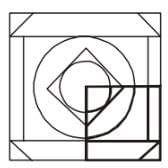

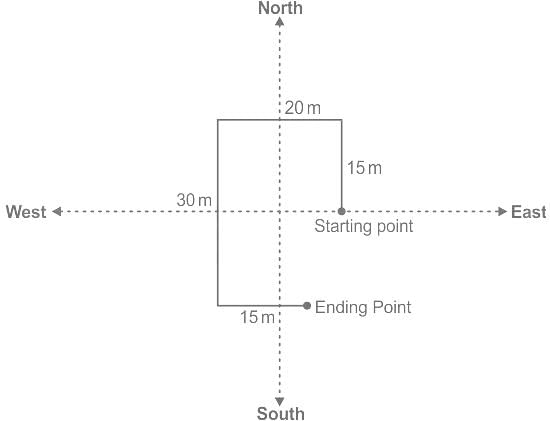

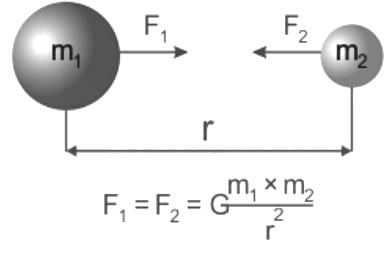
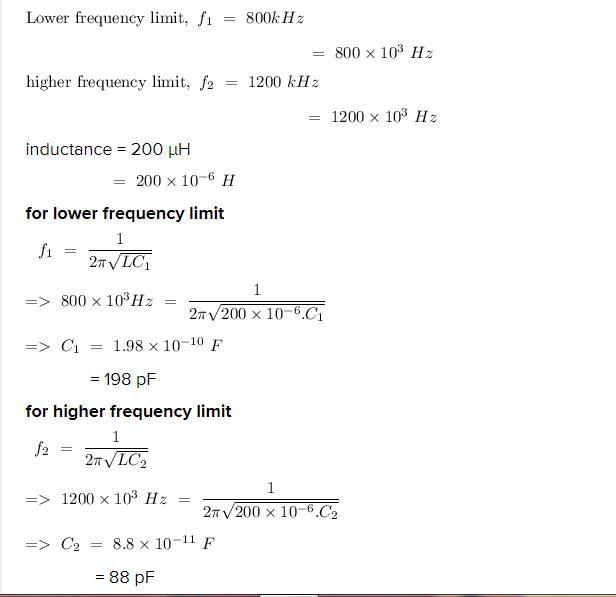
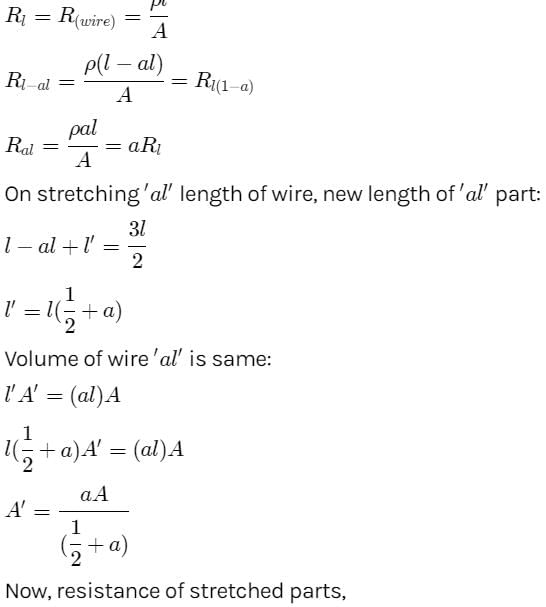
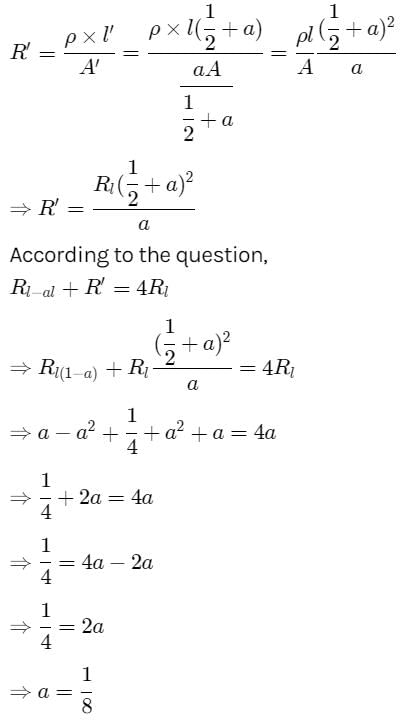

 the direction is towards positive z-axis.
the direction is towards positive z-axis.
